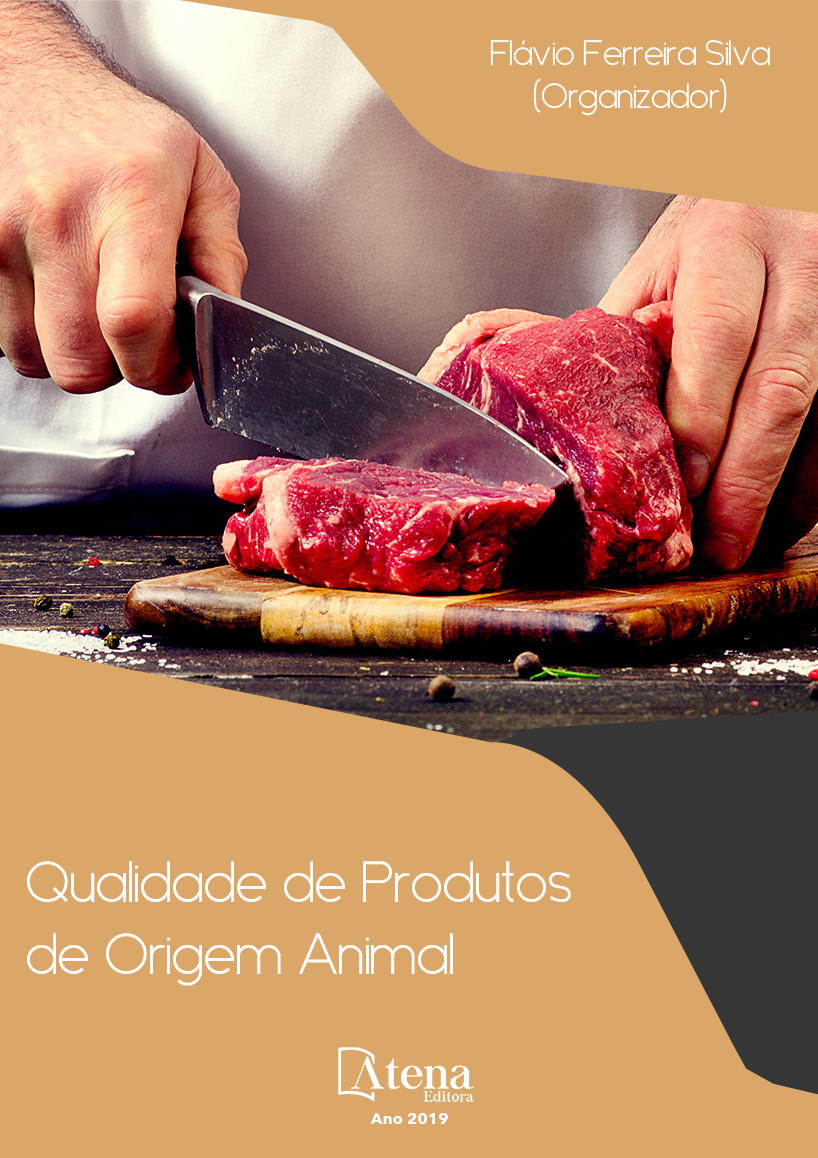
DEFICIÊNCIAS HIGIÊNICO-SANITÁRIAS DA REDE DE FRIO DE PRODUTOS CÁRNEOS EM SUPERMERCADOS DE UM MUNICÍPIO DO PARANÁ
A RDC nº 216/ANVISA estabelece
que alimentos refrigerados devem estar
armazenados em temperatura de até 5ºC e,
para os congelados, o mínimo é de -18ºC. O
presente trabalho avaliou, por meio de checklist,
a temperatura e as condições higiênicosanitárias da rede de frio de cárneos em 19
supermercados de um munícipio do Paraná.
A temperatura dos equipamentos foi aferida
em três pontos aleatórios, sendo o resultado
a média simples dos valores. A amostra foi
composta por 172 equipamentos e os principais
resultados foram a presença de condições
para contaminação cruzada em 26,2% (n=45)
da amostra e a irregularidade na temperatura
da rede de congelados em 76,5% (n=62) dos
81 equipamentos, com destaque para os tipos
câmera de congelamento e freezers. Concluise que há necessidade de uma maior vigilância
no controle de temperatura dos cárneos.
DEFICIÊNCIAS HIGIÊNICO-SANITÁRIAS DA REDE DE FRIO DE PRODUTOS CÁRNEOS EM SUPERMERCADOS DE UM MUNICÍPIO DO PARANÁ
-
DOI: 10.22533/at.ed.65919121123
-
Palavras-chave: Refrigeração; Alimentos Seguros; Vigilância Sanitária.
-
Keywords: Refrigeration; Food Safety; Health Surveillance.
-
Abstract:
The RDC nº 216/ANVISA
states that refrigerated foods must be stored
at temperatures up to 5ºC and, for frozen
foods, the minimum is -18ºC. The present
study evaluated, by the use of a checklist, the
temperature and hygienic-sanitary conditions of
the meat cold chain in 19 supermarkets in a city
of Paraná. The temperature of the equipment
was measured at three random points, with the
result being the simple mean of the values. The
sample consisted of 172 equipments and the
main results were the presence of conditions
for cross contamination in 26.2% (n = 45) of
the sample and the irregularity in the frozen chain temperature in 76.5% (n = 62) of 81 equipments, mainly the freezing camera
and freezers. It was concluded that there is a need for greater surveillance in meat
temperature control.
-
Número de páginas: 15
- Aline Tibilletti Santos do Carmo
- Danieli Muchalak dos Santos
- Elizabete Balbino Javorouski
- Marcia Oliveira Lopes
- Anna Julia Zilli Lech


